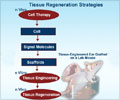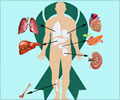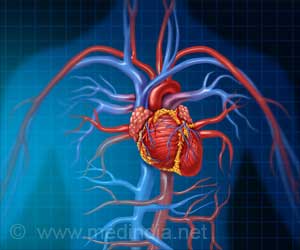Nonself-donated cells better survive implantation into the brains of immunocompetent research mice when the grafts are injected into the striatum (STR) of the brain.

The study appears as an early e-publication for the journal Cell Transplantation, and is now freely available on-line at http://www.ingentaconnect.com/content/cog/ct/pre-prints/ct0888janowski.
The researchers, who assessed the grafted cells using bioluminescence for 16 days, reported that the distribution of the FM grafts was cylindrical, parallel to the needle track, while cells transplanted to the STR accumulated along the border between the striatum and the corpus callosum in a wedge-shaped, semi lunar "pocket." They suggested that the shape of the cell deposit in the FM was likely due to damage caused by the injection procedure.
"This is an indicator that surgical injury may be the leading factor initiating the rejection process," the researchers said. "Thus, minimally traumatic allograft transplantation, preventing activation of the microglia and limiting foreign antigen presentation, may contribute to long-term allograft survival."
They commented that the STR grafts were transplanted closer to the ventricles than were the FM grafts, suggesting that the lateral ventricles "appear to present a favorable microenvironment." Additionally, they hypothesized that variability in cell survival may be related to the differences in immune responses that may exist between white matter and grey matter, as the FM is the largest region of white matter while the STR is a grey matter structure.
"Our observation that immunorejection depends on the graft implantation site has important ramifications," said Dr. Walczak. "It may account for the variability in allograft survival reported by different research groups."
They concluded that the impact of the topographical and anatomical characteristics of the target site for allografting should be carefully considered when designing cell therapies for neurological disorders at both the pre-clinical and clinical levels.
 MEDINDIA
MEDINDIA



 Email
Email










